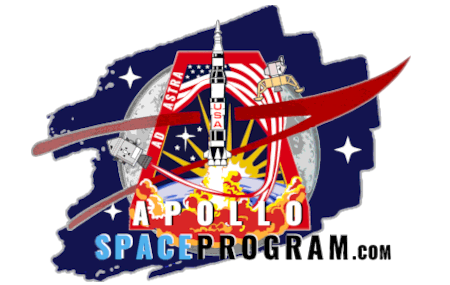Apollo 17 was the final manned mission to the moon, launched by NASA in December 1972. The mission was crewed by astronauts Eugene Cernan, Ronald Evans, and Harrison Schmitt, and was the last time humans have visited the moon to date.


The mission was the sixth and final manned mission in the Apollo program, and was the first to include a geologist (Schmitt) among its crew. During the mission, the astronauts conducted three moonwalks, during which they deployed scientific instruments and collected lunar samples.

One of the major achievements of the mission was the deployment of the Lunar Roving Vehicle (LRV), a battery-powered vehicle that allowed the astronauts to explore a wider area of the moon’s surface. The LRV was used to drive over 22 kilometers (14 miles) during the mission, setting a new distance record for lunar surface travel.

After completing the mission, the astronauts returned to Earth, splashing down in the Pacific Ocean on December 19, 1972. The Apollo 17 mission marked the end of the manned lunar landing program, and no humans have visited the moon since. However, NASA and other space agencies continue to explore the moon and other celestial bodies using unmanned spacecraft.

